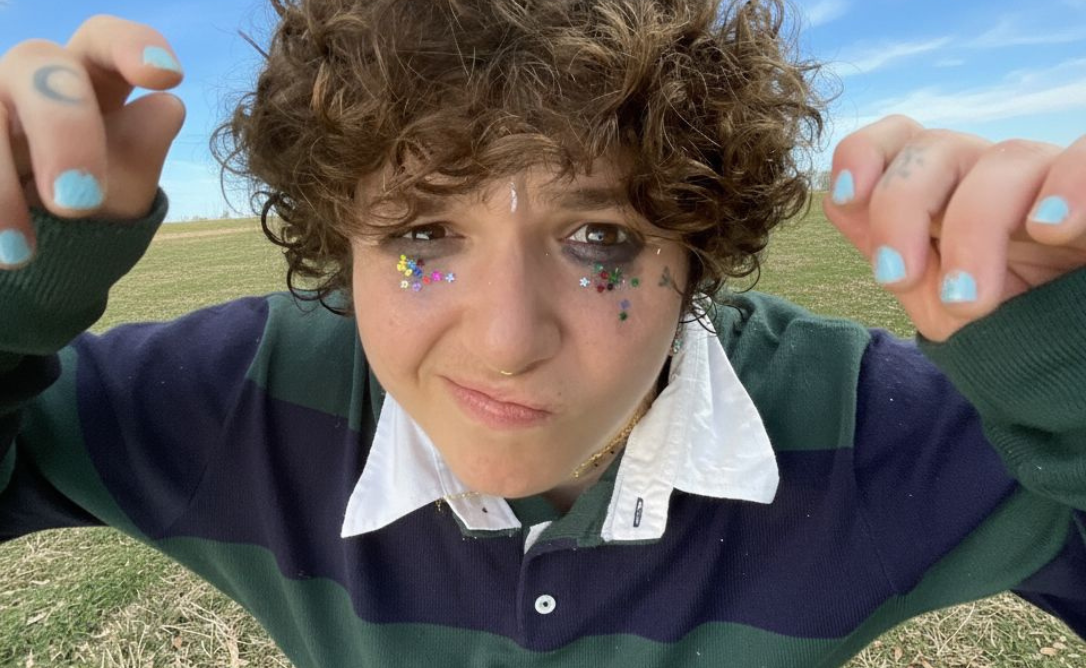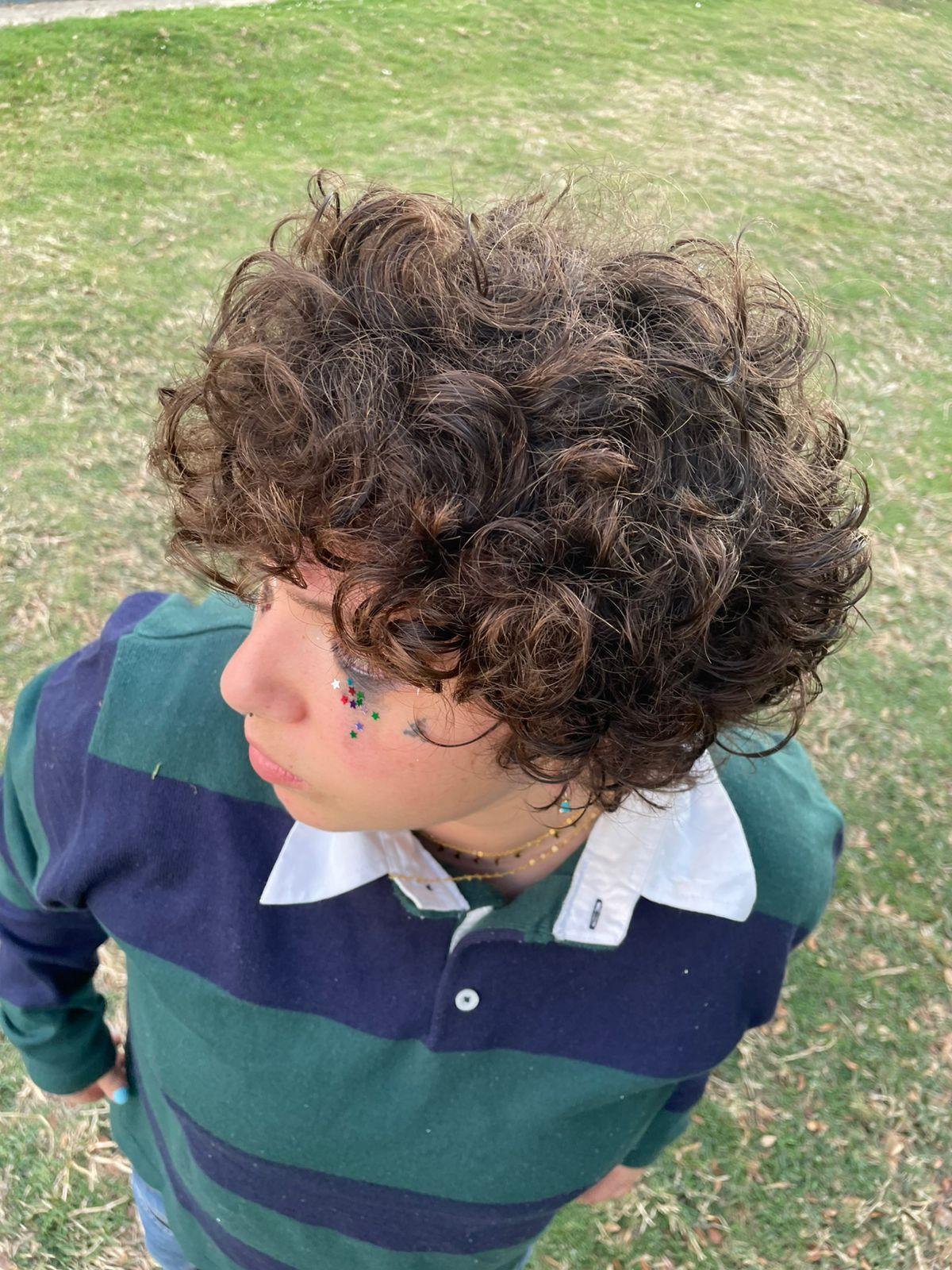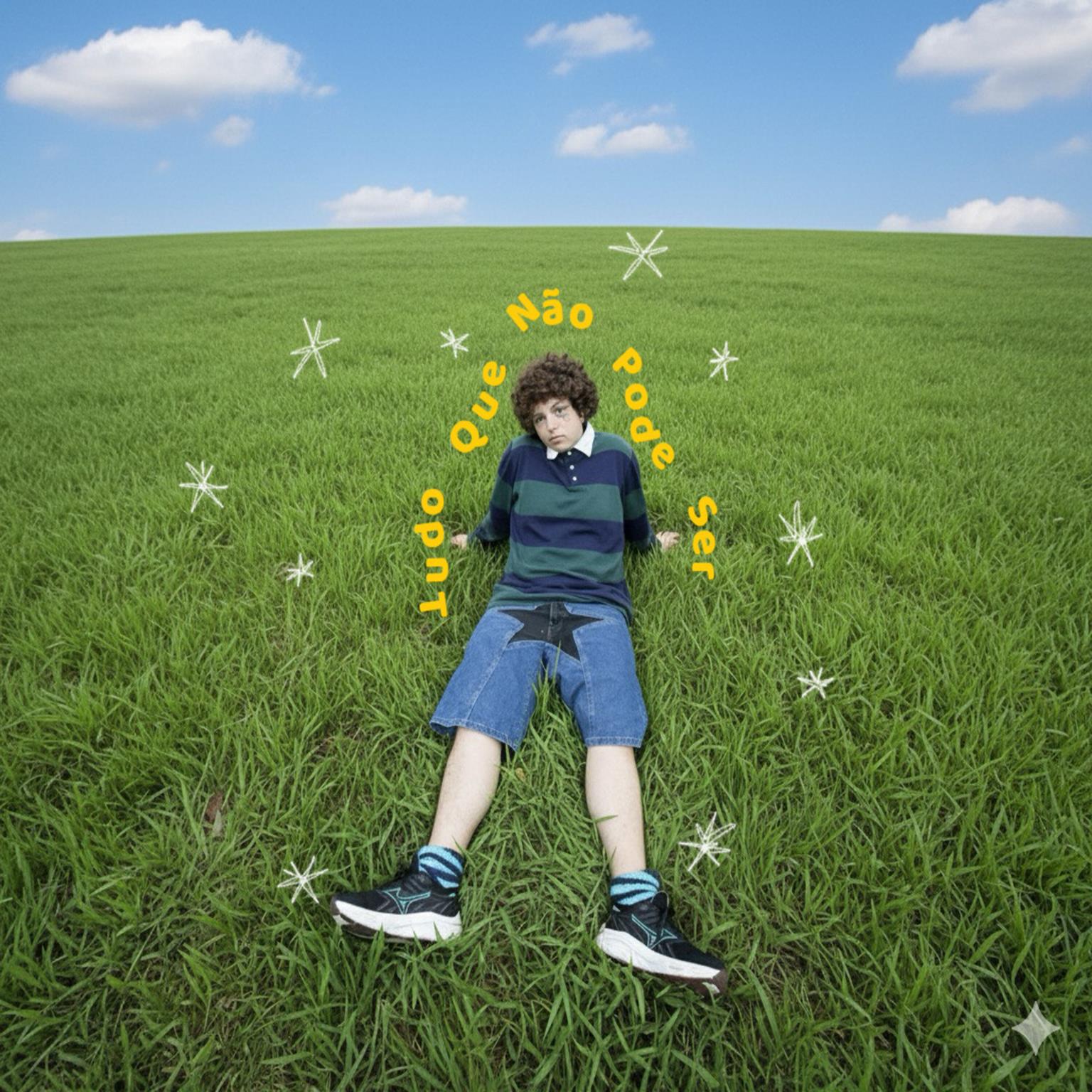
On November 14th, artist Keruv Araiot presented his EP “Tudo que não pode ser” (Everything That Cannot Be) to the public. Released by Marã Música, the work is now available on all digital platforms. Produced by Caio Renno, the project delves into a sonic aesthetic that combines indie, MPB (Brazilian Popular Music), psychedelia, and a contemporary Brazilianness that unfolds in layers: between electronic beats, grunge nuances, and the delicacy of a kind of modern “bossinha” (a Brazilian musical style).
With a creative process guided by freedom and spontaneity, Keruv reveals that the tracks were born at different times, without the commitment to follow a pre-existing concept or a rigid narrative. Originally from Itajubá (MG), the singer began his career in 2020 with the single “To Fly,” and since then has built a discography marked by experimentation, as shown by the project “Abstrato,” a result of a partnership with the Fábrica de Cultura do Capão Redondo (SP), and the EP “Habite-se,” supported by the Paulo Gustavo Law.
In “Everything That Cannot Be,” Keruv deepens his dialogue between the intimate and the sensory, transforming what is forbidden, silenced, or repressed into music, existence, and artistic expression. The EP consolidates his presence in the independent scene as a creator who defies labels and translates, into sound, the desire to feel the world in its fullness—even if that means crossing boundaries and reinventing what is understood by freedom.
You mention that the songs on the EP were born at different times, almost as if they were “waiting for you.” At what point in your life did you realize that they weren’t just individual songs, but parts of the same emotional and poetic body?
I believe that nothing is by chance, everything is connected. These songs complement each other, just as dreams need love to thrive.
The track “Bem ti vi” features an affectionate dialogue with Tom Jobim and the aesthetics of bossa nova. In a Brazil that is transforming so rapidly, what does bossa nova—and this delicate perspective on love—still teach you as a non-binary LGBTQIAP+ artist?
We, non-binary LGBT+ people, need to occupy all spaces, explore more and more musical genres, and confront all prejudice head-on. Because that’s what Brazil is: a mix of rhythms, a rich culture. As a Brazilian artist, I found it interesting to explore the swing of bossa nova and bring it to a more indie/alternative side. This shows that we all have the capacity to make anything unique, even if it’s associated with a specific place—like bossa nova, so closely linked to Brazil—and give it a different indie twist. We are always learning and creating magic with sounds.
You describe the EP as an invitation to the freedom to love and dream. Is there something that you, personally, only felt was possible to experience after writing these songs?
Allowing myself to dream more and love more.

This project came about through a grant application, and you say it was almost a miracle to have been selected. What was the most symbolic moment of this journey, the one where you thought, “it was meant to be”?
The most memorable moment was when I received the funds during Easter week. I was very worried because it had been almost a month since I signed the contract and there was still no money to start. So, I asked the universe for an answer and, as if by magic, the money was in the account.
When you say that non-binary LGBT art resists and persists, what part of your own history do you feel is being repaired or returned to you through music?
When I compose, I don’t just write about what I’m feeling. I always stop and channel everyday emotions, situations that reflect society. I want to transform that into a song, something that makes people think: “Wow, I’ve been through this or I’m going through this now.” Seeing that other people identify with my art already gives me a sense of “job well done.”
There are textures of indie, MPB (Brazilian Popular Music), psychedelia, grunge, and even a “modern bossa nova.” When you close your eyes and listen to the entire EP, what image or feeling comes to mind first?
Literally the EP cover: something more relaxed, calm and with good vibes, a feeling of lightness.

You plan to create visualizers with subtitles in Portuguese and English. What do you imagine someone on the other side of the world might feel when listening to “Everything That Cannot Be” without having lived in Brazil, but being able to read your work?
I want people all over the world to feel that Brazil also has a strong LGBT+ resistance, and that this community can feel welcomed and empowered in freedom and love — even those who are not LGBT.
If you could give this EP as a message to your 2020 self, at the beginning of everything, what would be the phrase this work would say to him?
I’m going to quote a line from my song “YOLO”—short for You Only Live Once—which in itself already has a lot of power, but the introduction has something special: “Tell me your dreams, what are your desires? I can make them come true, that’s a promise from the heart.”
Follow Keruv Araiot on Instagram


